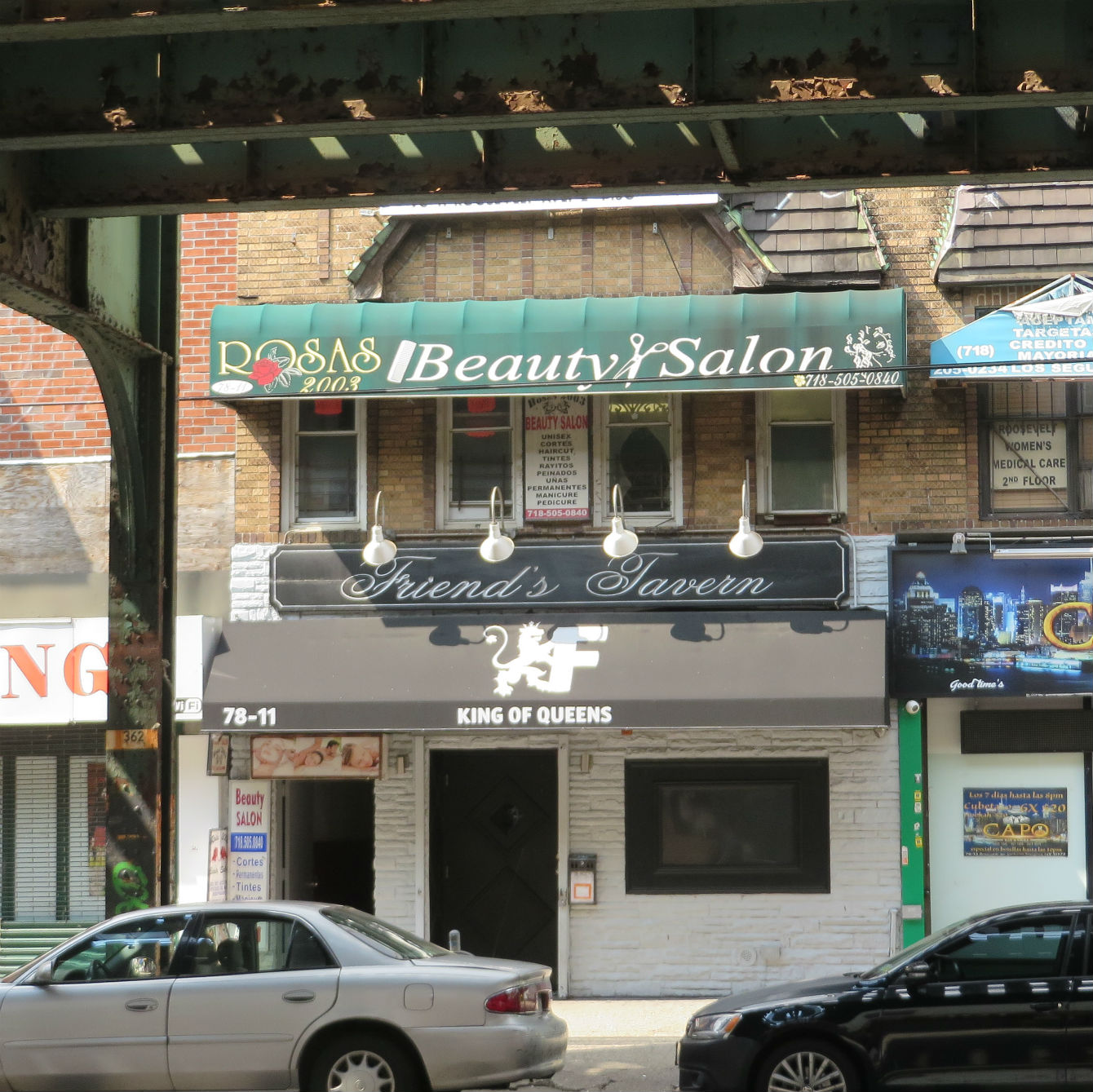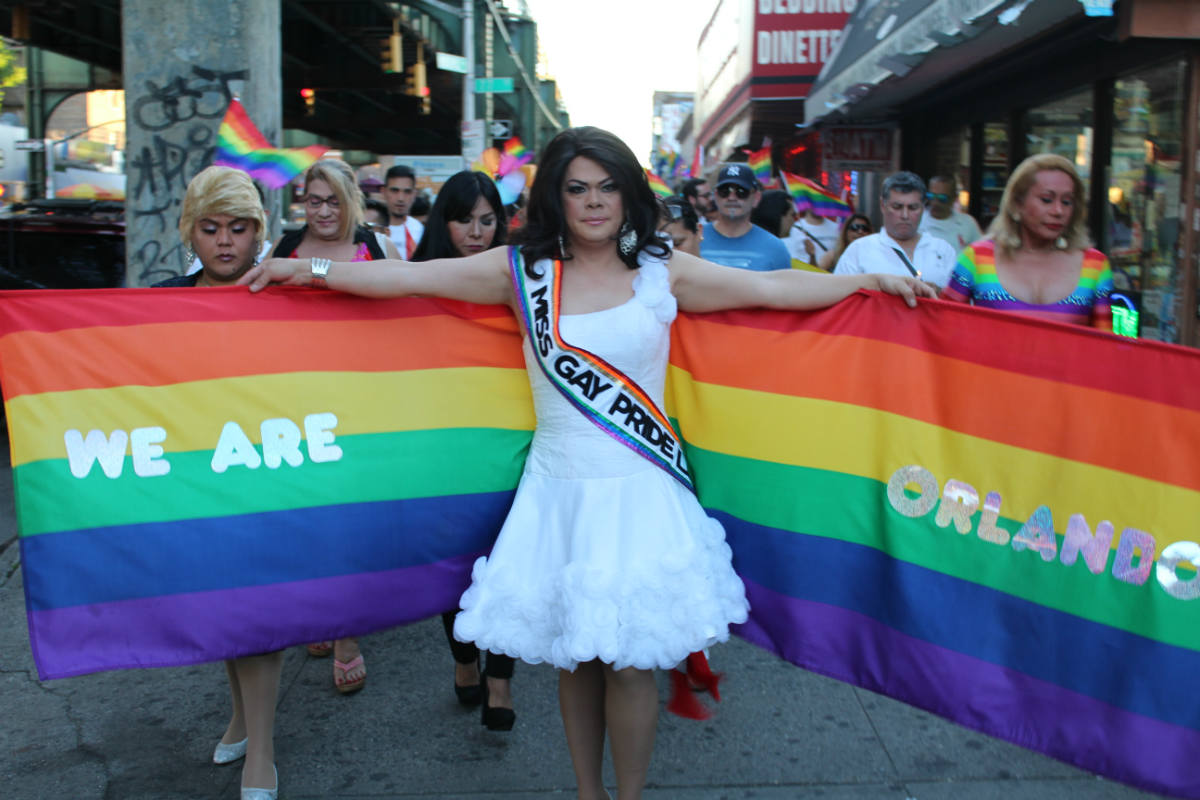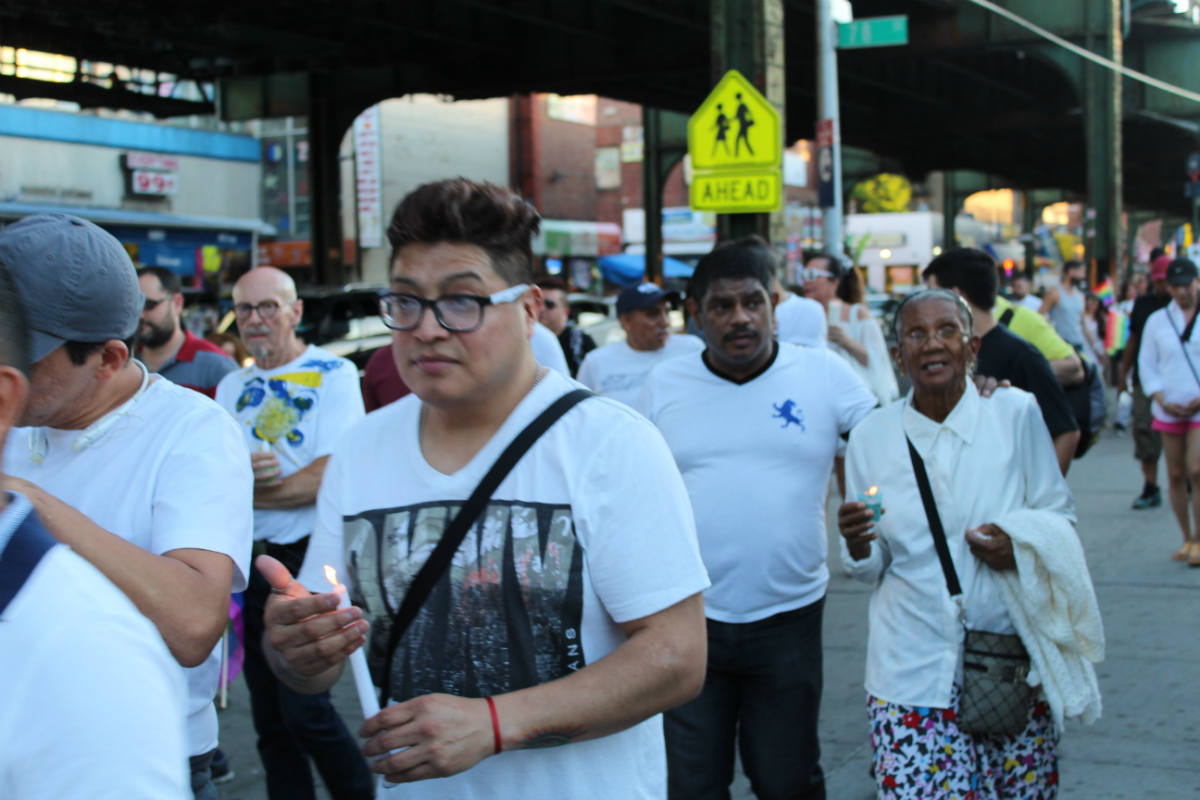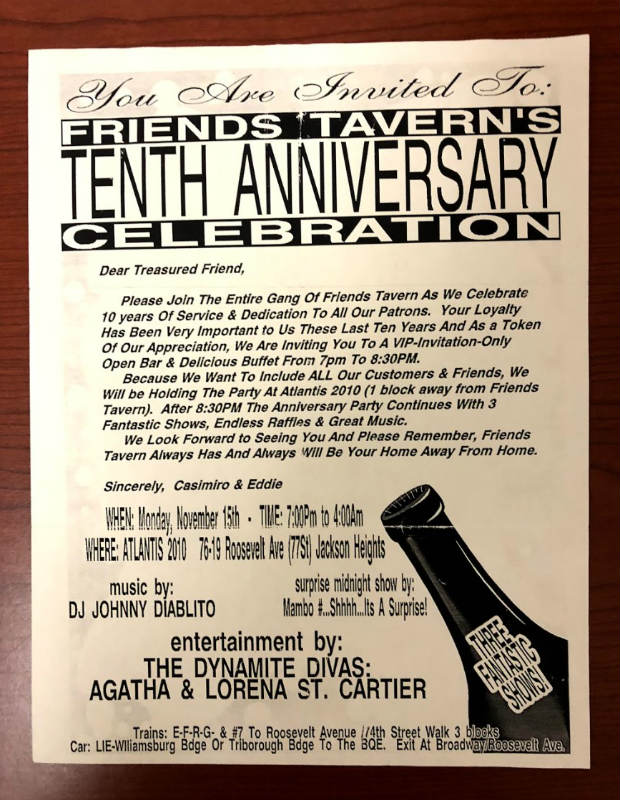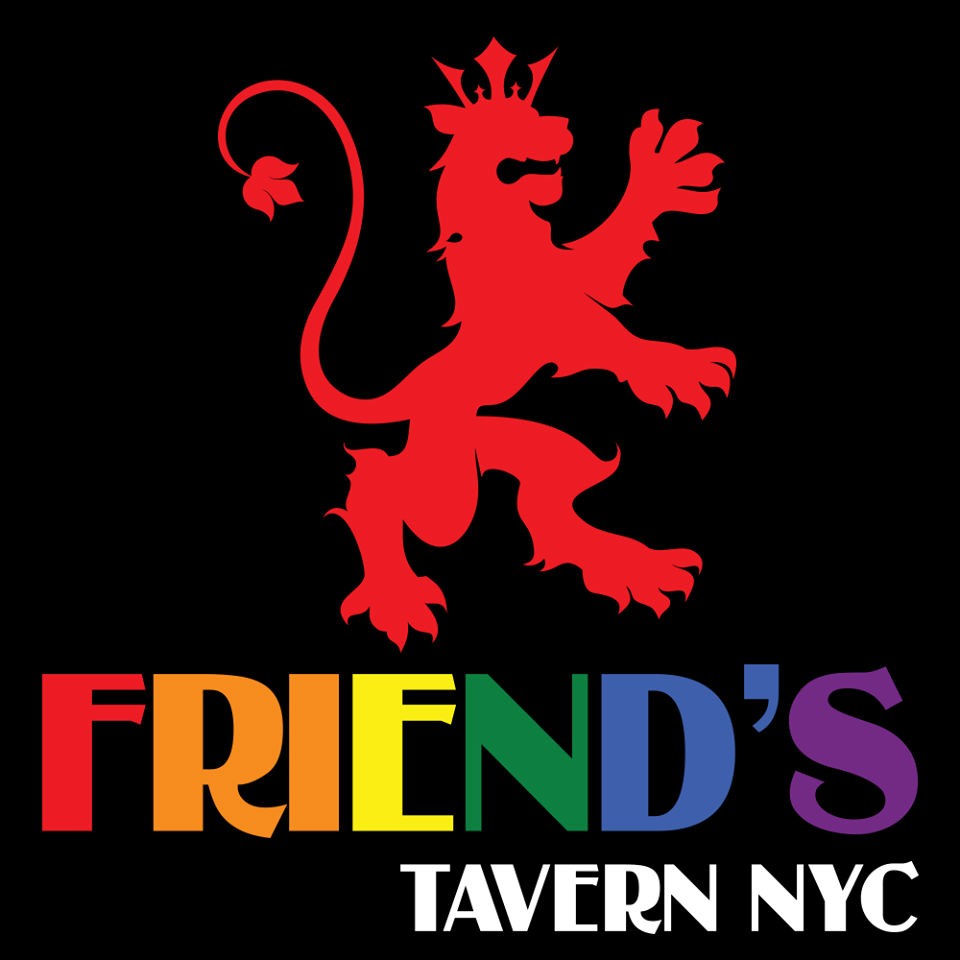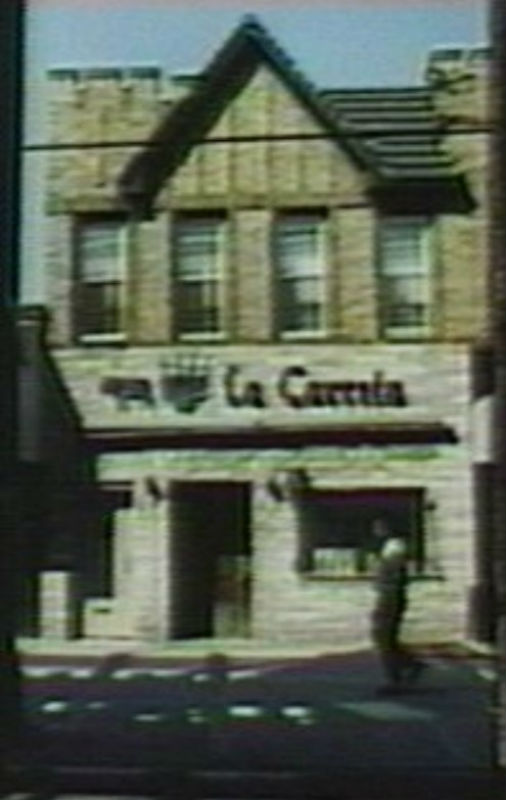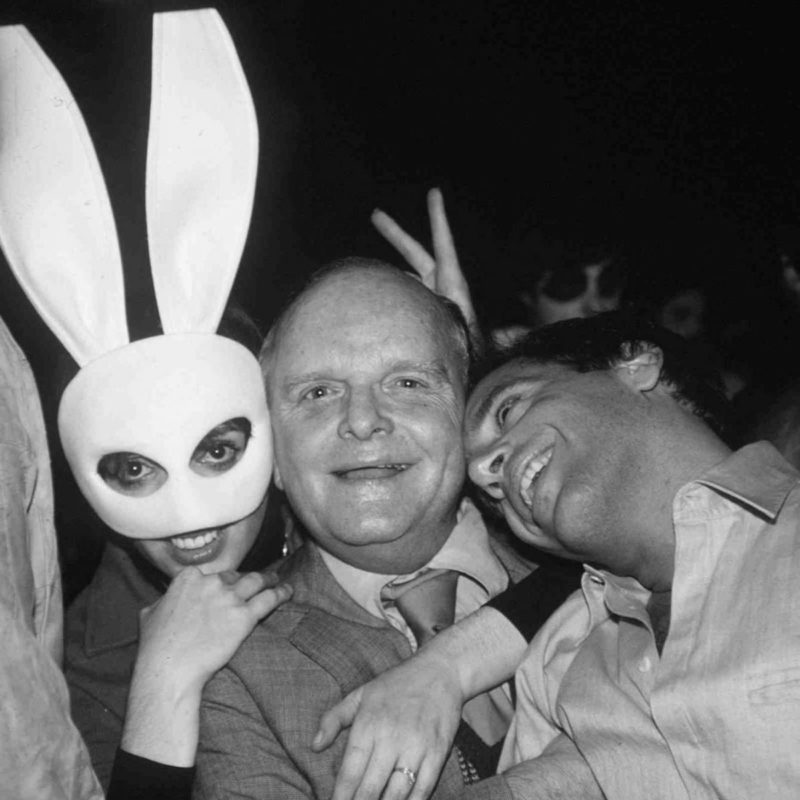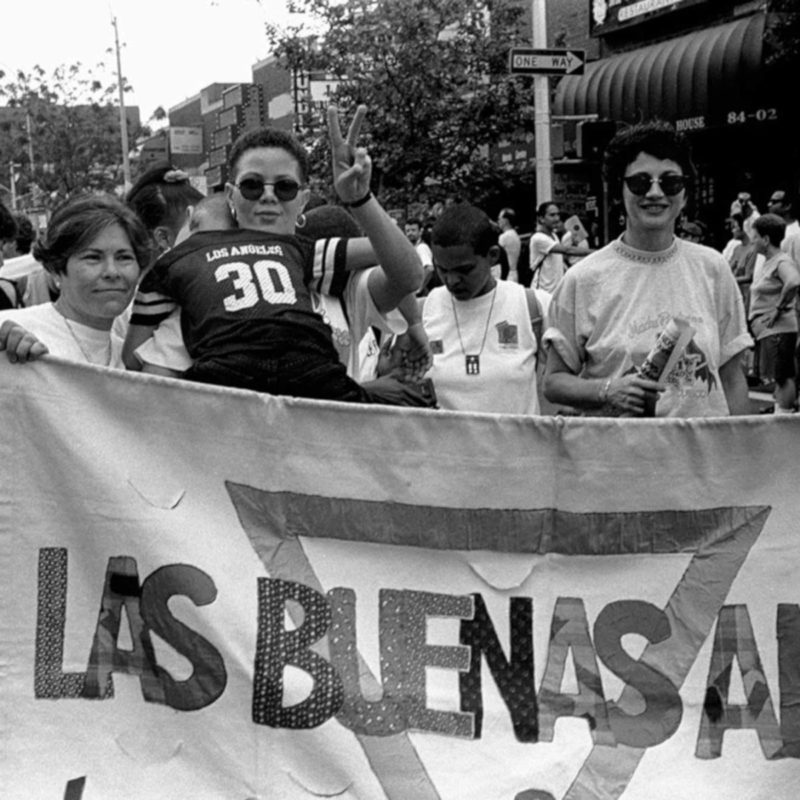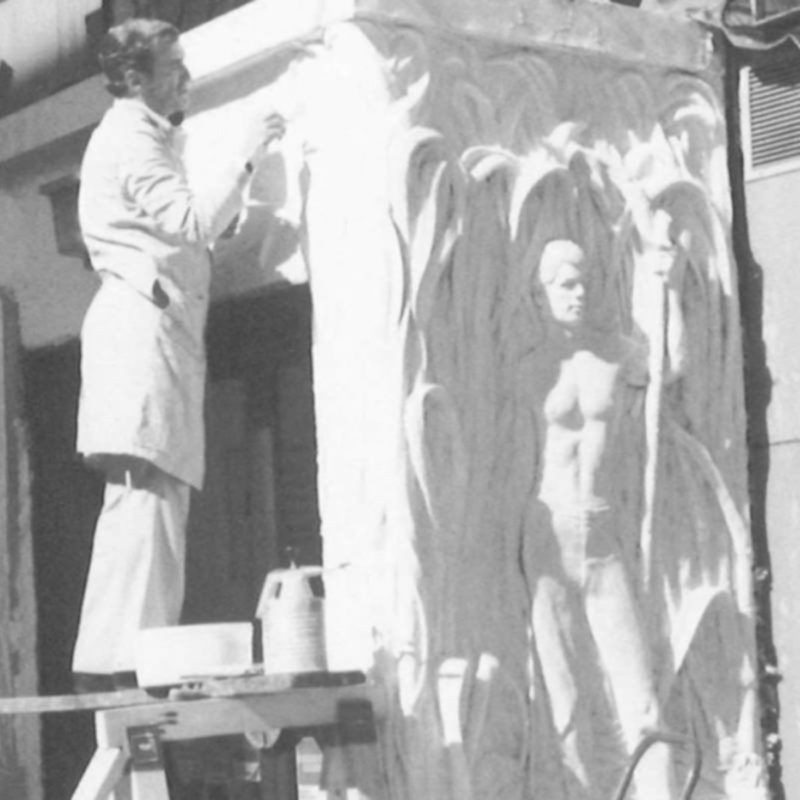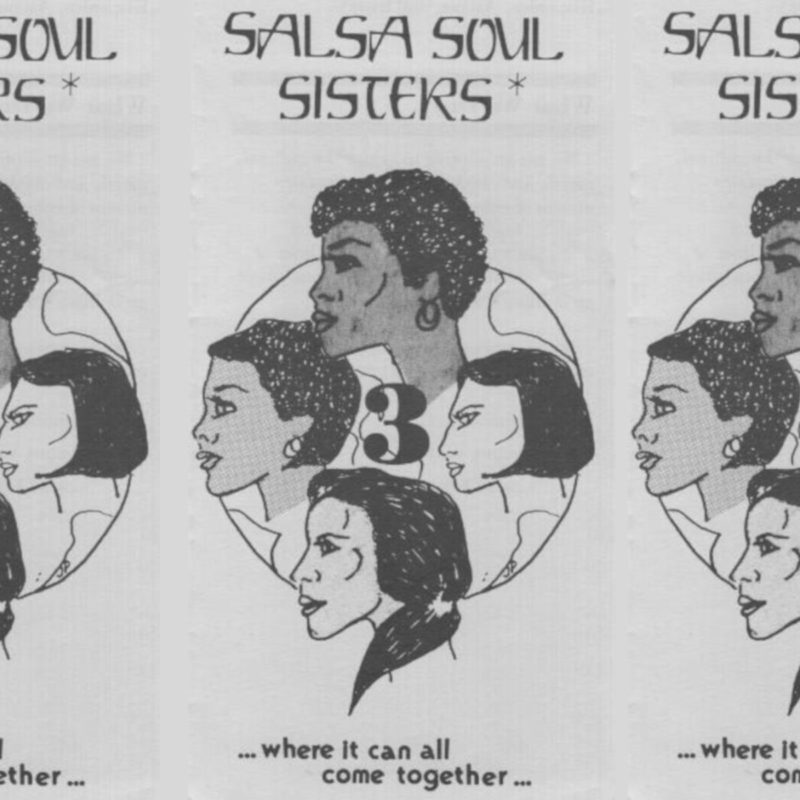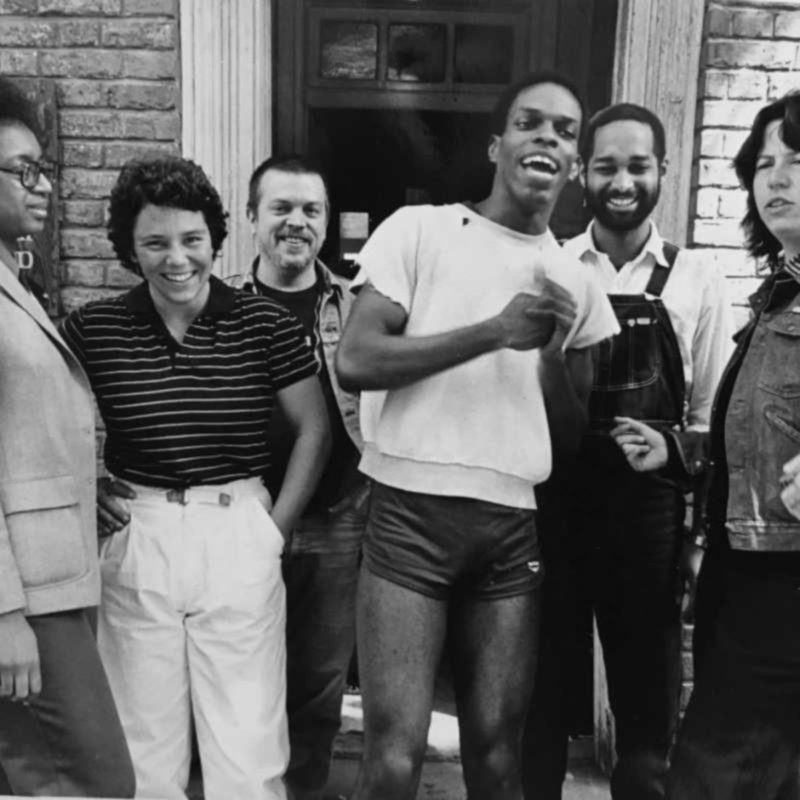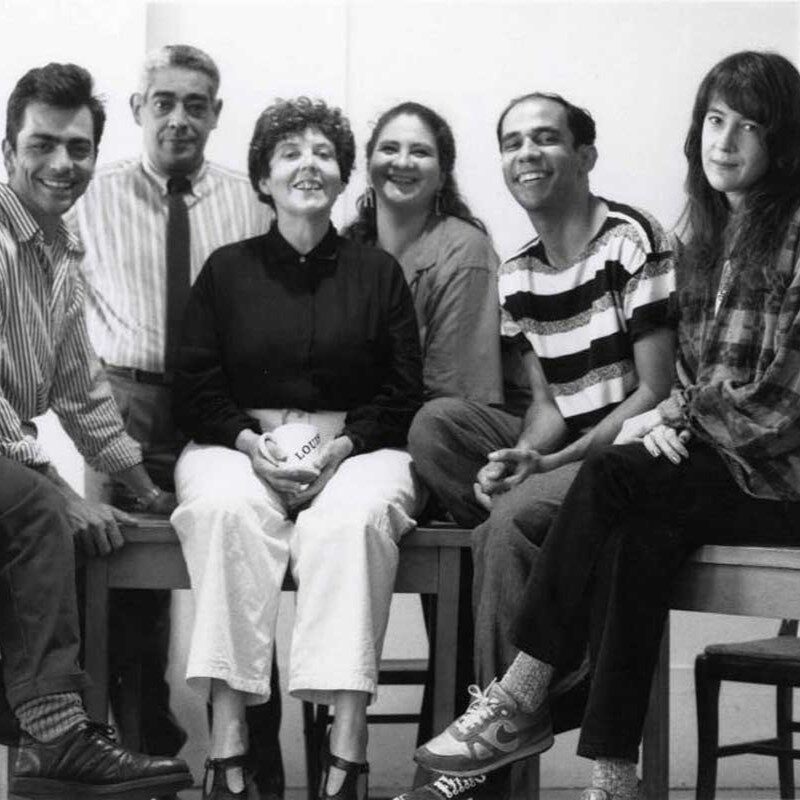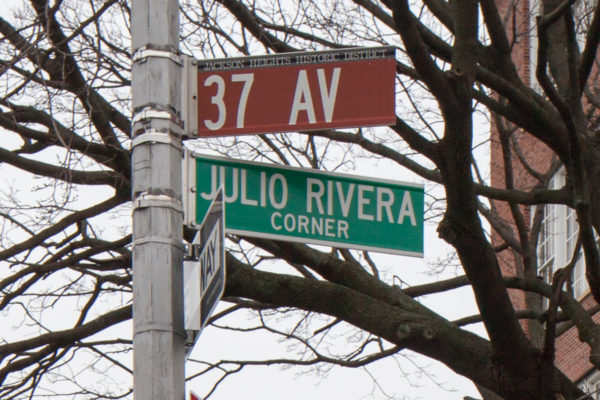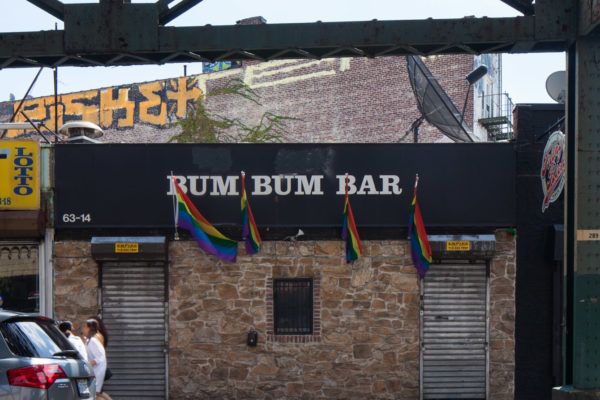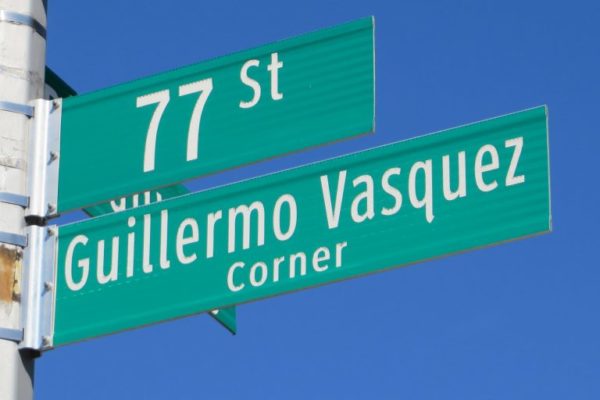overview
Friend’s Tavern (or Friend’s) in Jackson Heights is known as the oldest active gay bar in Queens and has been owned since 1989 by Eddie Valentin and Casimiro Villa, business partners and former personal partners.
It has been a particularly important nightlife space for gay and bisexual Latino men, many of whom, as immigrants, found a sense of community in an openly gay environment that they may not have had in their native countries.
On the Map
VIEW The Full MapHistory
Friend’s Tavern (popularly referred to as Friend’s) has been in business at this location since 1989 and is considered the oldest operating gay bar in Queens. The modest storefront itself pre-dates Friend’s, with the exception of the business sign and the awning, which, at one time, included the slogan, “There is always time for friends.”
The bar is owned by Puerto Rican-born Eduardo “Eddie” Valentin and Colombian-born Casimiro Villa, who are business partners and former personal partners (and they remain close friends). Like other nearby bars on and around Roosevelt Avenue, Friend’s caters primarily to the LGBT Latino community. Valentin, who along with Villa also operates the nearby Club Evolution, has called this stretch of Roosevelt Avenue “the gay Village for Latinos,” in reference to the historically gay white enclave of Greenwich Village in Manhattan. Though Jackson Heights’ LGBT community was predominantly white dating back to the 1920s, many gay Hispanics moved in as part of a large influx of Latino immigrants in the 1970s and 1980s.
Neighborhood bars and clubs have historically played an important role in the lives of LGBT immigrants. For Latinos, these nightlife spaces reflected the dance-driven cultures of their native countries, but also provided an openly gay atmosphere that, for many, was not available back home. According to LGBT rights activist and journalist Andrés Duque, walking into Friend’s soon after emigrating from Colombia in 1993 and seeing Colombian men kissing and dancing together was “a revelation of [his] life and [his] gay life.” Others also recalled the significance of being around people with shared backgrounds — Latino, immigrant, and LGBT — which fostered a sense of community, particularly for those who moved to New York without their families or were forced to be more closeted in their homeland (though gay bars did sometimes exist in urban areas) or in their immigrant communities here.
Friend’s has also had a presence in social justice and commemorative events. In 1993, when Jackson Heights was chosen as the site of the inaugural Queens Pride Parade, representatives from the bar marched and sponsored the block party on nearby 37th Road. Two days after the June 12, 2016 mass shooting at the gay nightclub Pulse, in Orlando, Florida, in which the majority of the victims were Hispanic (and nearly half were Puerto Rican), Valentin helped organize an English- and Spanish-language vigil outside Club Evolution that continued along Roosevelt Avenue to Friend’s and True Colors, another gay Latino bar. Valentin, who knew some of the victims from when they lived in Jackson Heights and frequented Friend’s and other area bars, spoke about the importance of gay nightlife spaces as safe havens:
There are a lot of [LGBT] people who come from other countries, and they leave primarily because of the fact that there’s so much prejudice and homophobia in their countries. When they get to the U.S., the first thing they do is look for a business that’s gay, more likely a bar or a club, where they can make their first friends.
While several newer gay Latino bars operate on and around Roosevelt Avenue, former bars and clubs include the Love Boat, at 77-02 Broadway in Elmhurst; Club Llamarada (pronounced “Yamarada”), a popular dance spot at 82-20 Baxter Avenue in Elmhurst; and Lucho’s Place, at 38-19 69th Street in Woodside. As with Friend’s, these bars were also frequented by non-Latino gay and bisexual men from elsewhere in the city and Long Island with an interest in the Latino bar scene. Lesbian Latinas, who primarily gathered at Bum Bum Bar a bit further west on Roosevelt Avenue, patronized these businesses in smaller numbers.
Entry by Amanda Davis, project manager (September 2018).
NOTE: Names above in bold indicate LGBT people.
Building Information
- Architect or Builder: Unknown
- Year Built: 1931
Sources
Andrés Duque, phone call with Amanda Davis for the NYC LGBT Historic Sites Project, June 30, 2018.
Angela Matua, “PHOTOS: Candle-lit Jackson Heights vigil for Orlando victims makes stops at local gay bars,” QNS, June 15, 2016, bit.ly/2NSmyAI.
Esther Wang, “From Orlando to NYC, Queer Latino Immigrants Ask ‘What’s Next?’,” BuzzFeed News, June 22, 2016, bzfd.it/2KkeO8N. [source of pull quote]
Niharika Mandhana, “Police Bar Raids Kick Up Controversy,” Queens Chronicle, October 14, 2010, bit.ly/2LVMGsp.
Do you have more information about this site?
This project is enriched by your participation! Do you have your own images of this site? Or a story to share? Would you like to suggest a different historic site?
